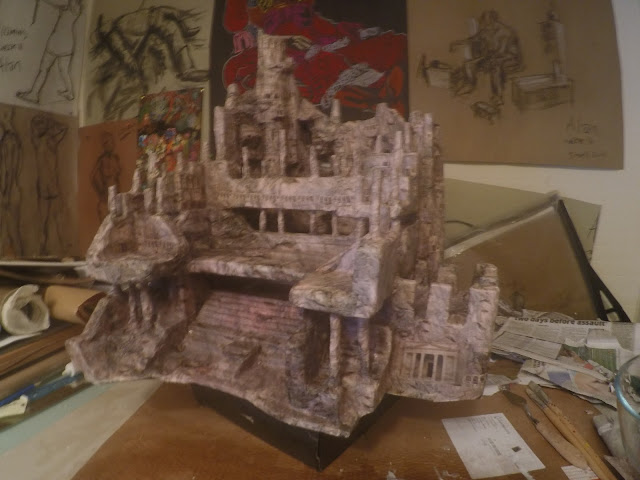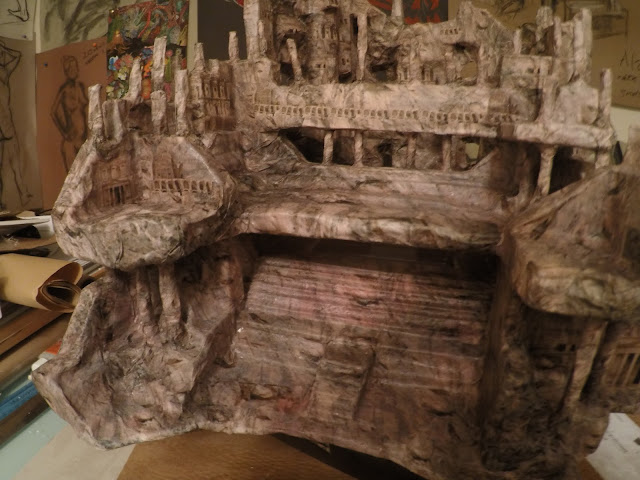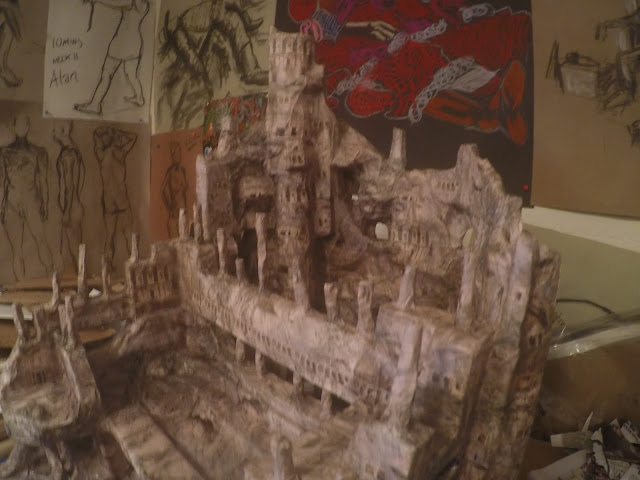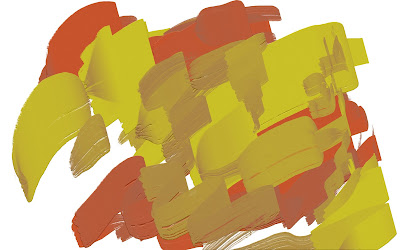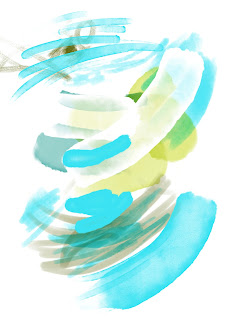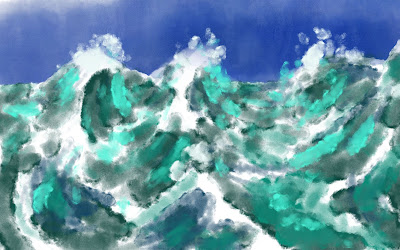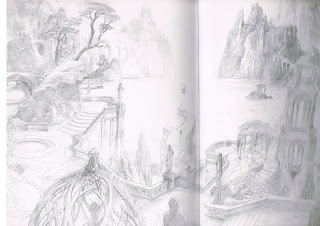The bottom image on the sheet shown above was a sketch of an idea I had for a chair that was also a city in itself. The idea seemed rather random at the time, however I realised that this seat was almost like a seat of power. The city could be the centre of an empire with the seat made for a powerful leader. This in turn became part of an idea for one of the double page spreads as shown below.
The scene should depict when the main character has been captured and then sentenced to servitude or bondage by a great omnipotent. The idea was to use this chair to signify the strength of this character and to introduce the ships for the next scene.
This idea was difficult to sketch because it only exists in my mind, using similar methods of combining sketches photos etc is perhaps limited when try to create something like this chair. For these reasons I decide to build a physical version of it using polystyrene, cardboard and paper. This is something I could have perhaps made using Maya, however I wanted to make something in a more organic fashion forming shapes and blocks determined by what I have in my house. I also thought that it would be better drawing practice for me once complete. The rough shape or idea was formed in my head by my initial sketch but the actual shape and details occurred by themselves. The different stages of the process are shown below.
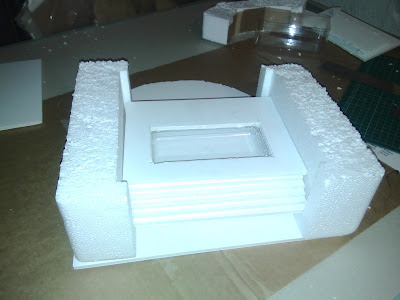
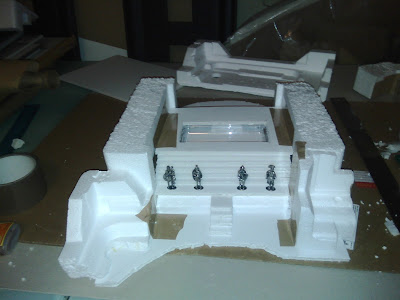
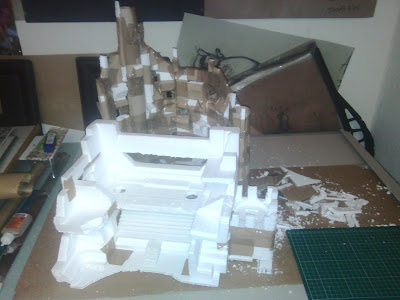
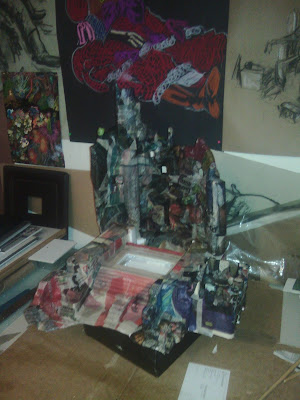
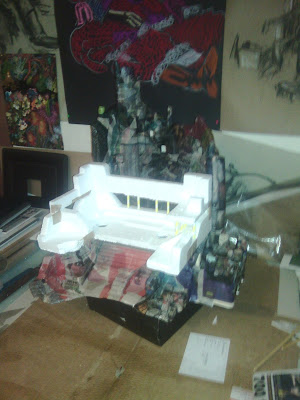
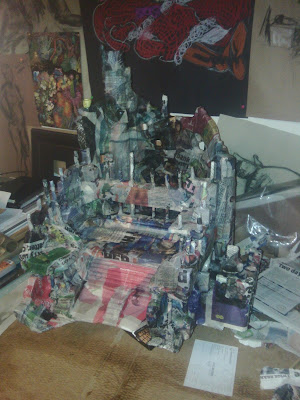
The idea in my mind was a sort of mixture between the colosseum in Rome and the city of Petra in Jordan with an element of the Roman Baths coming through. The finished work will both allow me to draw what is now in front of me and also add with my imagination or remove details that may not be required. This is only one small part of one composition, it has taken me the last three days to make. The time it may take to draw and then consider how the characters and composition may work as a whole will require many more sketches and experiments. This is proving to me that my choice to make only a dummy version is correct, trying to complete a fully finished picture book in the allocated time would not have allowed for such time spent on experimental pieces. Using such methods in future may become an essential part of my work flow so a great deal of time might be required to complete each picture book. Over the last few years I have managed to speak to many professional picture book illustrators. The fastest I have heard is six months from start to finish but generally most have said around ten months to a year as they are more than likely to have a few project on the go at once. I plan to carry out further experiments for different scenes within the story then carry out further case studies. I will draw this after the next case studies are complete and more time has elapsed for other ideas to develop with characters, composition and text, the finished chair is shown below.
